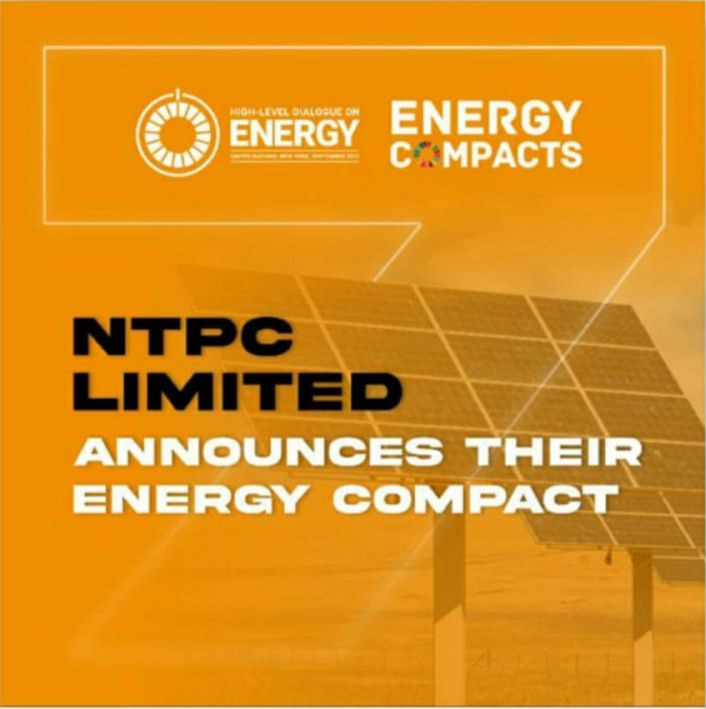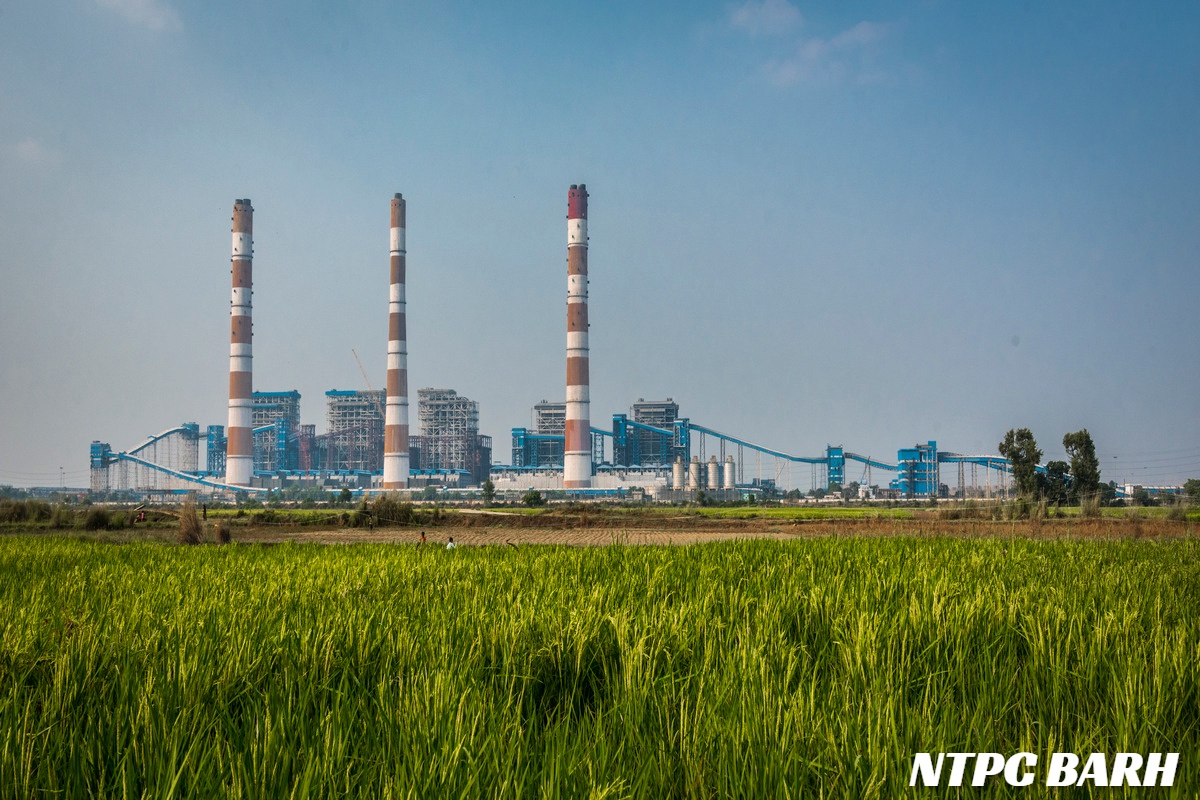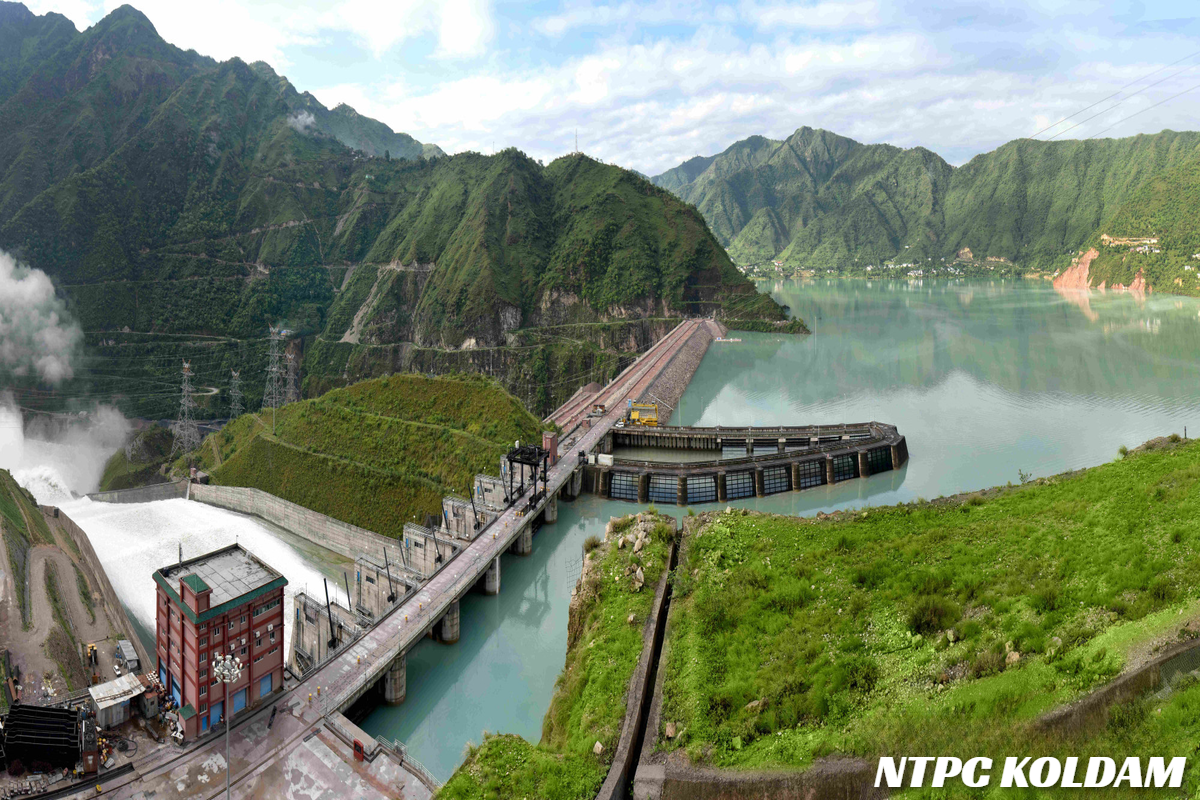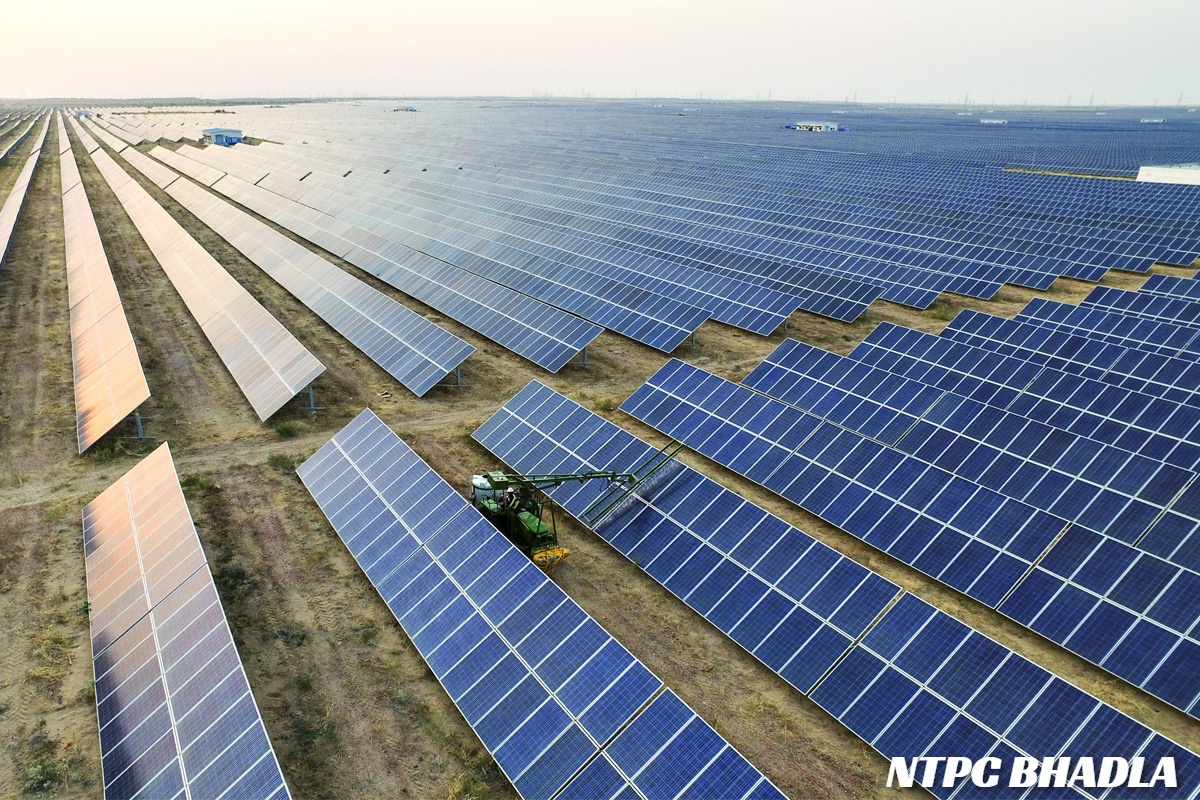
NTPC Limited, India's largest power utility, announces Energy Compact Goals with a commitment to install 60 GW of renewable energy capacity by 2032. NTPC aims 10% reduction in net energy intensity by 2032.
By 2032, NTPC is set to become a 149 GW power company, complemented by 1 GW of pumped storage (PSP) and 22 GWh of battery energy storage (BESS). Thermal power will remain the backbone of its portfolio, accounting for around 56% (83.6 GW) of the total installed capacity. However, NTPC is actively advancing its energy transition, with non-fossil fuel–based sources including hydro, renewables, and nuclear projected to make up about 44% of its capacity. Renewable energy, including hydro, will contribute roughly 43.4% to the overall mix, while nuclear energy will be introduced with 0.7 GW, enhancing diversification and supporting India’s energy security objectives.
| in GW | Dec 2026 | By 2032 | % Mix |
|---|---|---|---|
| Thermal | 74 | 83.6 | 56.11 |
| Hydro | 4 | 4.7 | 3.15 |
| Renewables | 21 | 60 | 40.27 |
| Nuclear | 0 | 0.7 | 0.47 |
| Total | 99 | 149 | 100 |
| PSP | 1 | 1 | |
| BESS (GWh) | 2 | 22 |
Over five decades, NTPC has evolved from a thermal-focused national utility into a diversified energy enterprise with strengthened institutional depth, international engagement, and a clear transition pathway toward clean energy and decarbonization-led innovation. This journey reflects capacity expansion, value-chain integration, and technology adoption aligned with India’s energy security and energy transition.
Global presence
NTPC’s international footprint matured to project consultancy in 13 countries through ISA and DPRs for demonstration projects in 21 countries, complemented by international MoUs and capacity-building programs across multiple regions. This globalization of technical expertise positions NTPC as a knowledge and execution partner in emerging energy markets.
Fuel mix shift
From an entirely thermal portfolio at 25 years, NTPC’s capacity mix at 50 years includes 13.5% non-thermal resources spanning hydro, solar, and wind, signaling a strategic pivot toward renewables. This diversification aligns with national policy priorities and the company’s long-term energy transition agenda.
NTPC formally entering into the nuclear energy domain. Through its JV with NPCIL (Anushakti Vidhyut Nigam Ltd.) and a wholly owned subsidiary, NTPC Parmanu Urja Nigam Ltd., the company is advancing the 2,800 MW Mahi Banswara Nuclear Project in Rajasthan and targeting up to 30 GW of nuclear capacity by 2047.
Value chain integration
NTPC advanced backward and forward integration across the power value chain, diversifying into coal mining, power equipment manufacturing, power trading, and distribution to strengthen resilience and capture adjacencies.
Financial strength
Revenue expanded over nine-fold from ₹20,344 crore at 25 years to ₹1,88,138 crore at 50 years, driven by capacity addition and diversification of earnings streams including mining and trading. Total assets increased nearly 15X from ₹35,625 crore at 25 years to ₹5,24,165 crore 50 years, underscoring sustained capital formation in plants, renewables, mining, and subsidiaries.
New energy frontiers
NTPC has opened new frontiers with entry into nuclear power, launch of India’s first hydrogen hub initiative, and pilot CCU stations converting carbon into methanol and ethanol, anchoring a pragmatic decarbonization pathway. The strategic focus now prioritizes clean energy, green hydrogen, and innovation at scale to support India’s growth while advancing a low-carbon power system.




